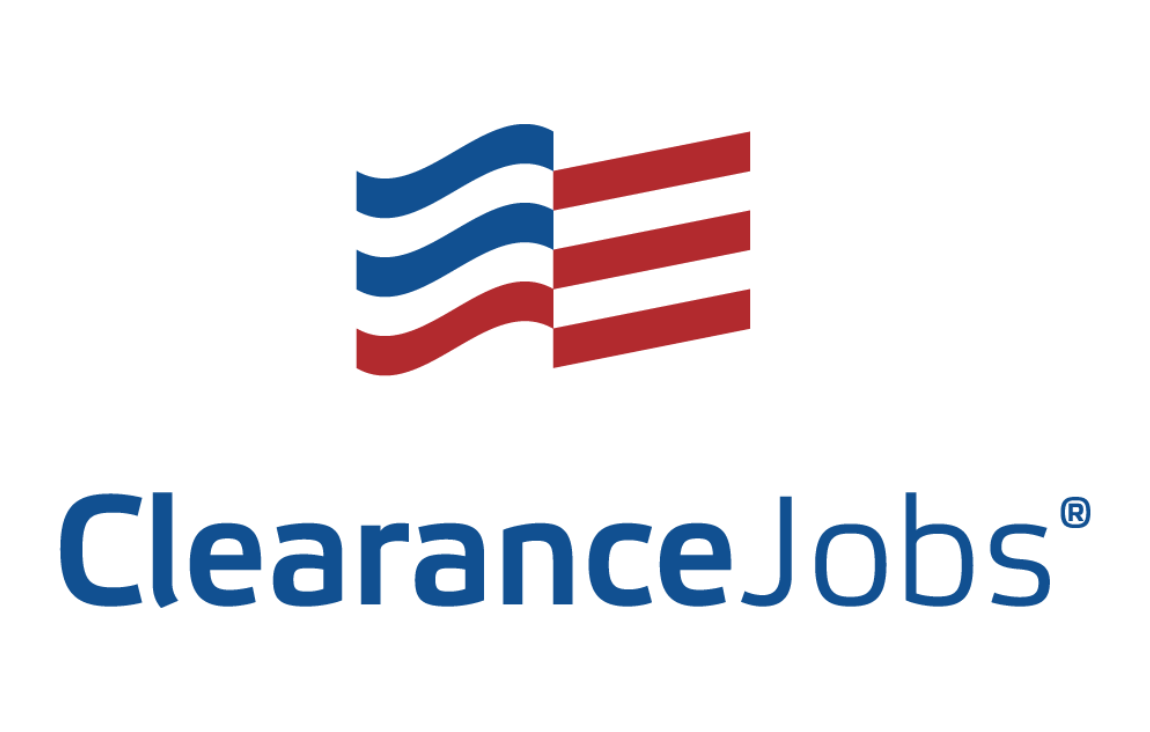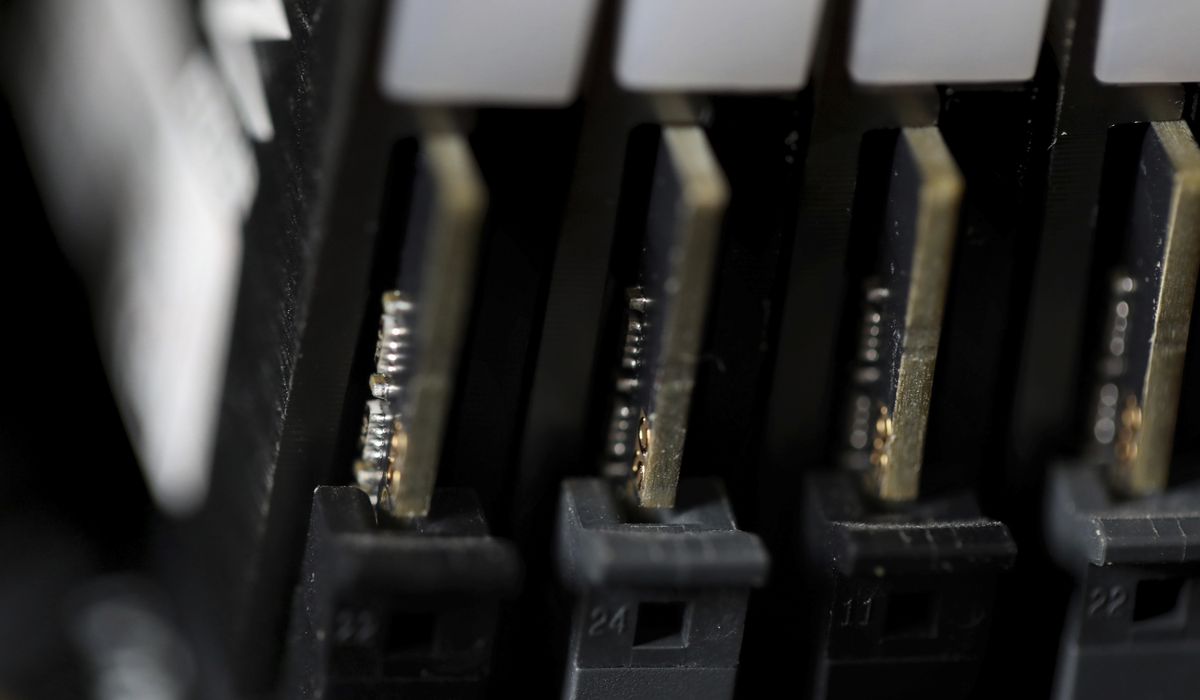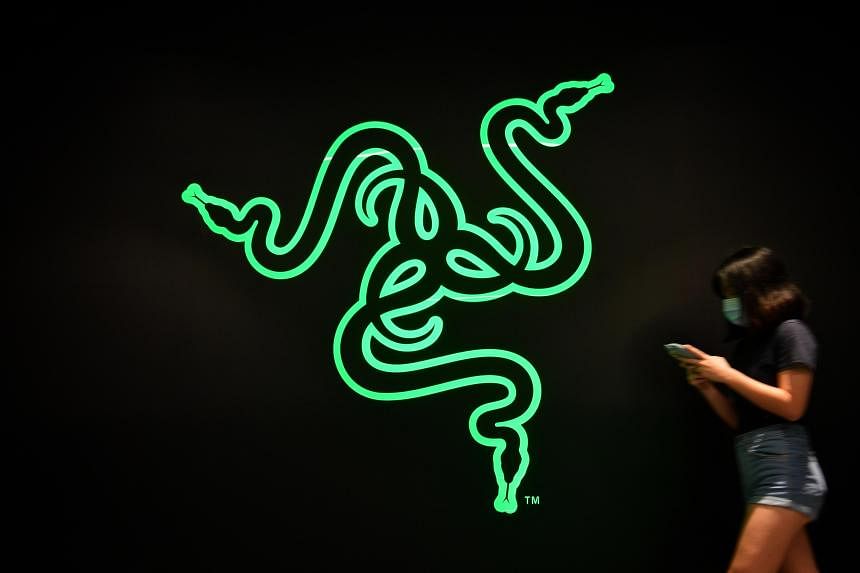Social Media Monitoring Still a Gap in the Clearance Process
Air National Guardsman Jack Teixeira allegedly removed, without authorization, classified materials from information systems and controlled areas and posted it on social media platforms.
While sharing information to bolster one’s ego is not new, Teixeira’s exploitation represents the growing reality that online platforms and services are where individuals are turning to impress their associates and garner recognition.
The case again raises the topic the government has been wrestling with since the advent of the internet: the monitoring of social media for initial determination of eligibility, continuous evaluation, and the proactive identification of unauthorized disclosures.
Continued government debate over the appropriateness, legality, viability, and desirability of proactively accessing and analyzing public-facing social media to protect national security appears increasingly archaic when society now lives much of their lives online, which is the new and more relevant ‘neighborhood check’ to fulfill the federal investigative standards.
This debate seems further outdated when considering that today’s workers have immediate access to worlds of data, are algorithmically driven to seek controversial information, and are accustomed to engaging online, often anonymously without fear of any real response, with anyone at any time.
The recognition that Teixeira sought by sharing classified materials likely relates to a broader phenomenon, that many individuals want to be noticed, be the first in getting information to market, to go viral, and be the next powerful social media influencer.
Of greater concern, it likely reflects a world in which a growing demographic doesn’t understand the risk associated with sharing certain personal information and images on social media, which could lead to compromise and increased susceptibility to targeting, or other detrimental consequences such as property theft, physical harm, doxing, stolen identities, or blackmail.
It is unclear to what extent these unsafe online attitudes and behaviors in non-work settings affect an individual’s attitude and behavior for following security requirements to protect national…


